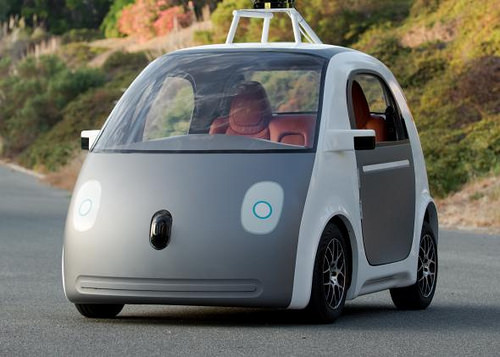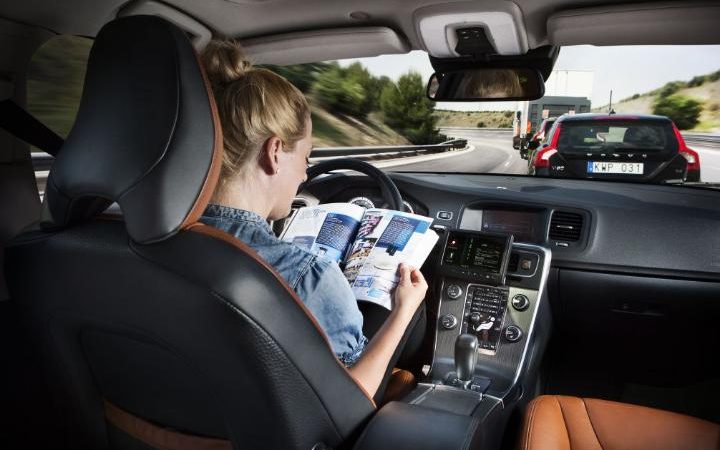As a city in need of modern transportation solutions, the District of Columbia could soon become a leading American metropolis in terms of autonomous vehicles. In mid-January, the United States capital was named along with other major urban centers around the world to form a research group that will define the future of self-driving cars in modern society.
The inclusion of Washington in this group is part of a decision made by a joint partnership between The Aspen Institute’s Global Initiative On Autonomous Vehicles and Bloomberg Philanthropies. This strategic partnership tends to move fast in its research; for this reason, residents of D.C. should not be surprised to see an increase in autonomous vehicles zipping around their city in 2017.
Self-Driving Cities
According to a press release issued by Bloomberg Philanthropies in October 2016, the first cities to join this initiative included Austin, Buenos Aires, Los Angeles, Nashville, and Paris. The second set of cities are Helsinki, London, Sao Paulo, Tel Aviv, and Washington, D.C.
Some aspects of the research philosophy that will be applied during the study period include investigating what should be done to accommodate autonomous cars, which will inevitably be on the streets by the end of the decade. The Aspen Institute believes that driverless technologies have a potential to alleviate some issues related to urban living; however, city leaders must be ready to welcome self-driving cars with a set of protocols and resources that would be mindful of issues such as mobility and inequality.
Shaping Urban Life
Some of the first self-driving vehicles that will likely take advantage of this initiative are those operated by personal transportation companies such as Uber and Lyft. These two tech startups have been conducting autonomous driving tests in cities such as Pittsburgh, where they have been welcomed. Interestingly, Uber moved a small fleet of driverless vehicles from San Francisco to Phoenix due to a bureaucratic issue that the tech firm considered as being excessive in terms of red tape.
Lyft and Uber passengers who get rides from driverless vehicles these days are intrigued and excited by the situation, which currently involves two people sitting in the front of the vehicle: one behind the steering wheel and the other sitting on the passenger seat. These two individuals are there for safety and research purposes.
Employment issues are bound to be hot topics in relation to the aforementioned tests by Uber and Lyft. From a regulation point of view, Uber has been a controversial company from the start. Critics believe that Uber is only interested in autonomous driving technology for the purpose of doing away with its contractor drivers, lowering its rates and increasing its bottom line.
Insurance Regulation and Roadway Safety
Aside from personal transportation, the auto insurance world could be changed by the advent of driverless cars. The existing Washington DC insurance laws are bound to transform as a result of the autonomous driving revolution. Thus far, insurance companies have been following the progress of self-driving technology developers such as Ford, Google and Tesla; the insurers are very interested in the low rates of crashes and accidents involving these new vehicles.
Insurance regulators in Florida and Nevada have already issued rules that require owners of self-driving vehicles to insure their cars with a minimum liability policy. The coverage extended to these high-tech cars is not the same as it is for traditional vehicles; insurance analysts believe that premiums could become lower over the next few years.
New Jersey could be the next state to adopt insurance regulation that applies to self-driving cars. What insurance officials are considering at this time is the question about the actual responsibility of owners of cars that may crash while on self-driving mode.
The auto insurance landscape will certainly change in D.C. once these vehicles become staples of the city’s roadways.




